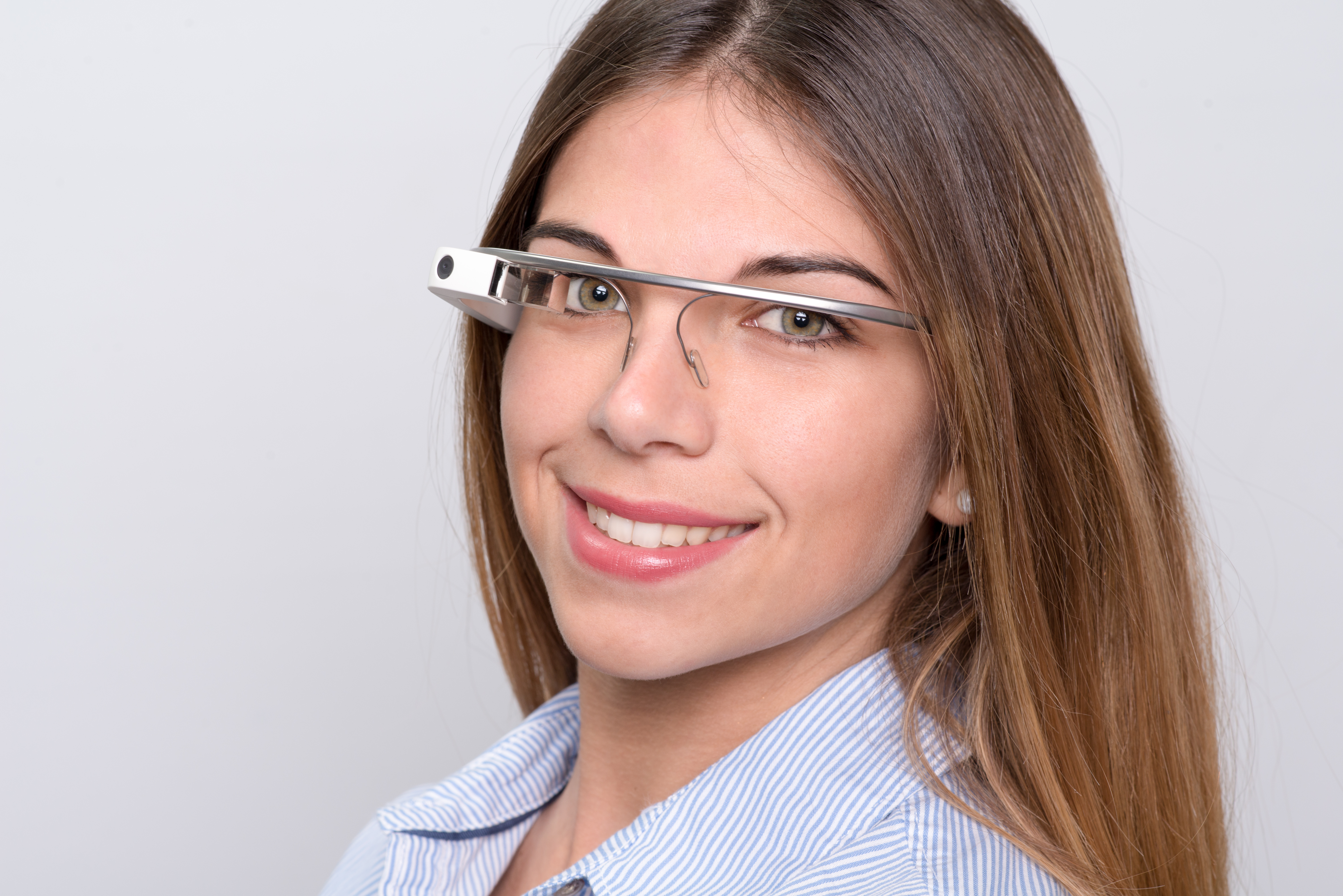What is Google Glass?
Google Glass is a revolutionary technology that brings your computer right before your eyes. Users can check emails, scan the Internet, take photos or video, or make phone calls with a simple voice command. Also known as an optical head-mounted display or OHMD, the glass features a small screen that sits directly in front of the right eye, revealing information the user wants with the same speed and efficiency of a computer or tablet. The use of Google Glass is already starting to revolutionize the way surgeons perform surgery. The ability to stream live video will provide doctors access to assistance they need from other specialists at various stages of surgical procedures. This could lead to more-positive results, fewer delays, and less risk.
How Google Glass relates to Cosmetic Surgery
Google Glass may still be in the testing phase, but that isn’t stopping some cosmetic surgeons from exploring how the new technology could enhance the patient’s experience in the operating room. The glass has been used by just a handful of surgeons worldwide thus far, including a cosmetic doctor in Chicago who earlier this year performed the first Google Glass rhinoplasty. As more surgeons consider the possibilities of the glass, benefits and concerns over use of such technology are being discussed by medical professionals around the globe.
The applications of Google Glass to surgery and to cosmetic plastic surgery in particular are particularly exciting. For the cosmetic plastic surgeon, the application of Google Glass in the operating room is most interesting. In plastic surgery, the surgeon is often the only one who can actually see what is going on in the operating room. Be it a breast augmentation, face lift surgery or a tummy tuck, the assistants in the operating room usually see nothing and hence cannot be as responsive to the plastic surgeon’s need as in other more “open” surgeries.
The very same small incisions that cosmetic surgery patients want slows the surgery. With Google glass, the surgeon can be relaying the information of what he sees and what he is doing to the whole of the operating team. Goggle glass gives others your point of view- it gives others your perception. Now we can all see the world through other peoples’ eyes.
Benefits of Google Glass
- One big benefit of Google Glass is the surgeon’s ability to access x-rays, or lab results on the spot, without ever having to turn away from the patient.
- Surgeons can also call on other experts during an operation if they encounter a situation they have not seen before.
- The technology can also provide a bird’s eye view to medical students, teaching specific techniques and procedures as if they were standing right next to the surgeon in the operating room
Currently, Google Glass is still in the beta test mode, which means only a handful of select individuals have had access to the new technology. However, as the glass proves its worth in a variety of venues, including the operating room, the expectation is that the glass will become much more prominent in the near future. Surgeons around the world are watching the trials with interest, contemplating how Google Glass might enhance the experience and results of their own patients.
Disadvantages of the technology
There are some potential drawbacks to using the technology during surgery. The technology is dependent on a strong Wi-Fi signal, which isn’t always available in all operating rooms. There are also significant concerns over patient privacy, as surgeons are able to send video and photos of patient operations all over the world. Compliance with the Health Insurance Portability and Accountability Act is also still pending at this time. For now, surgeons that want to use the technology in the operating room must have patients sign specific consent forms to allow it.
Wearing Google Glass throughout the day is not a problem, they come in different shades and prescription lenses and colleagues, staff, families and patients overwhelmingly have a positive response to Glass. They should carry rave reviews with a price tag of roughly $7000. Doctors and/or lab technicians have claimed they have the potential to increase efficiency.
Positives thus far
The beneficial applications of Glass include:
- Hands-free photo/video-documentation (especially letting patients see their own conditions real time)
- Hands-free telephone calls
- Looking up billing codes
- Internet searches for unfamiliar medical terms or syndromes
Some drawbacks
- Low battery endurance
- Some transmission latency
- Improvement to the hardware is required – primarily battery life and issues of data protection.
